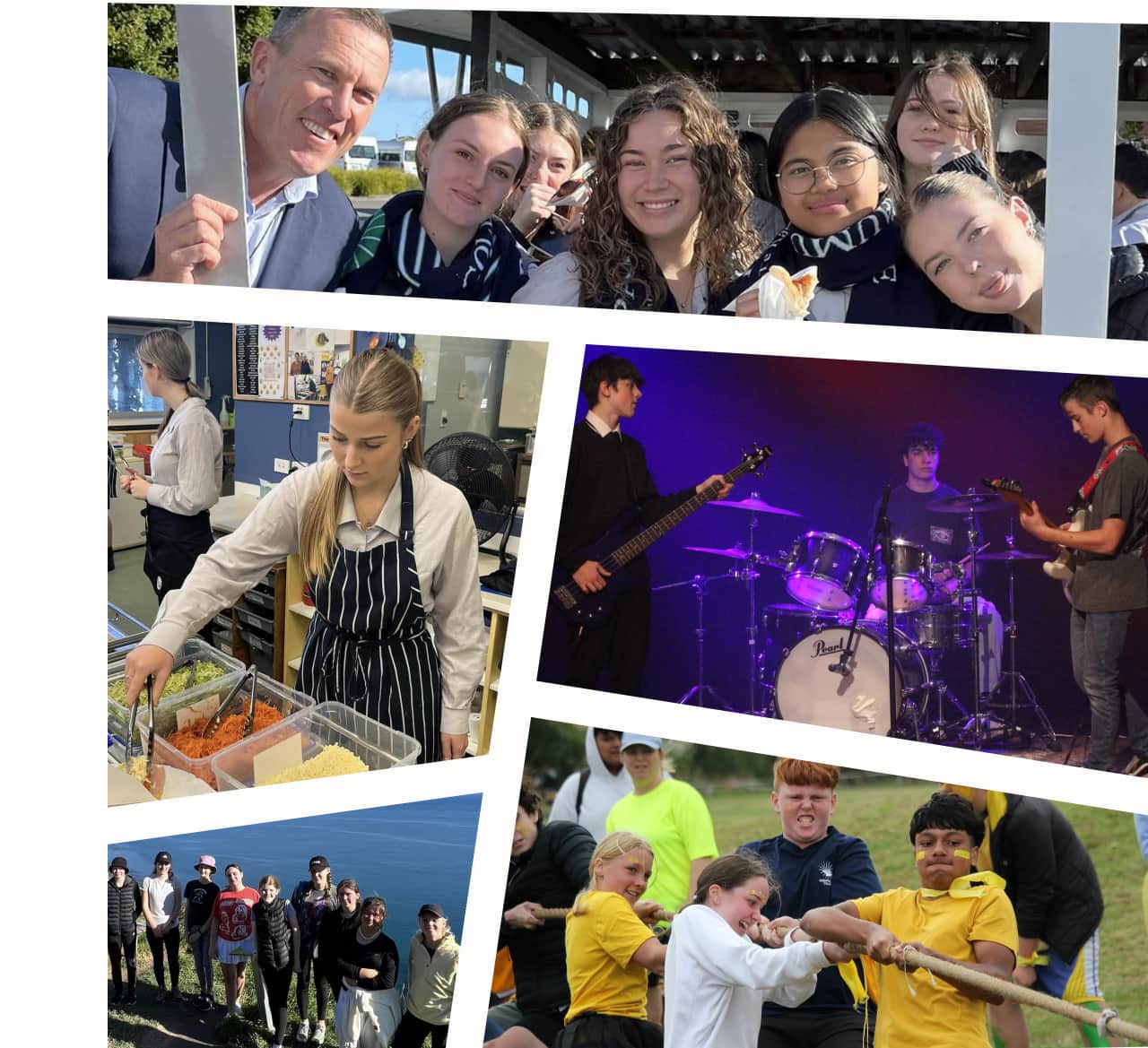


PARAPARAUMU COLLEGE
Te Kāreti o Paraparaumu
We are a co-educational secondary school for students from Years 9 to 13 with around 1,400 students situated on the beautiful Kāpiti Coast, approximately 45 minutes drive north of Wellington.
We enjoy a spacious campus with a growing roll, an innovative approach to learning, and a commitment to achieving the highest equitable outcomes for our students.
Embracing collaboration, active learning and respect. Empowering every learner to thrive and grow together.




INTERNATIONAL STUDENTS
Nau mai haere mai
We welcome international students from around the world and offer them a rich programme of academic and cultural experiences.
Our international programme offers a spacious and beautiful campus. A safe community and caring homestays within walking or biking distance from school.


FOLLOW US
Pāpāho pāpori
Stay connected with Paraparaumu College's vibrant community by following us on our main channels - Facebook, Instagram and YouTube. Be the first to discover exciting updates, events and insights into our caring community of great learners! Don't forget to download our app for even more convenience.


Uncover the opportunities at Paraparaumu College, where a caring community of great learners awaits - reach out to discover more.

Come visit us at:
Mazengarb Road, Paraparaumu 5032,
New Zealand
Contact Us
EMAIL
Office Email
Accounts Email
PHONE
04-902 5170
ABSENCES
04-902 5170 - Option 1
Absent Form
Quick Links





 Admin Login
Admin Login